Introduction to Dog Dental Health
Dog Dental Cleaning Before and After reveals the significant improvements that dental care can make for your furry friend’s health. At Paw Cure Guide, we understand that dental hygiene isn’t just about fresh breath or a pretty smile—it’s essential for your dog’s overall well-being. Like humans, dogs are at risk for dental diseases that can lead to serious health issues, including infections that impact vital organs like the heart, kidneys, and liver.
Learn more about keeping your pup’s teeth healthy with our Complete Guide to Dog Dental Cleaning. Click to explore now!
In fact, studies show that 80% of dogs over the age of three suffer from some form of dental disease. By exploring the Dog Dental Cleaning Before and After process, you can learn how proper care can prevent these issues and ensure a healthier, happier life for your pet. Let’s dive into the benefits of dental cleaning and what changes you can expect!
Learn more about the dental health in dogs guidelines and how to manage them.
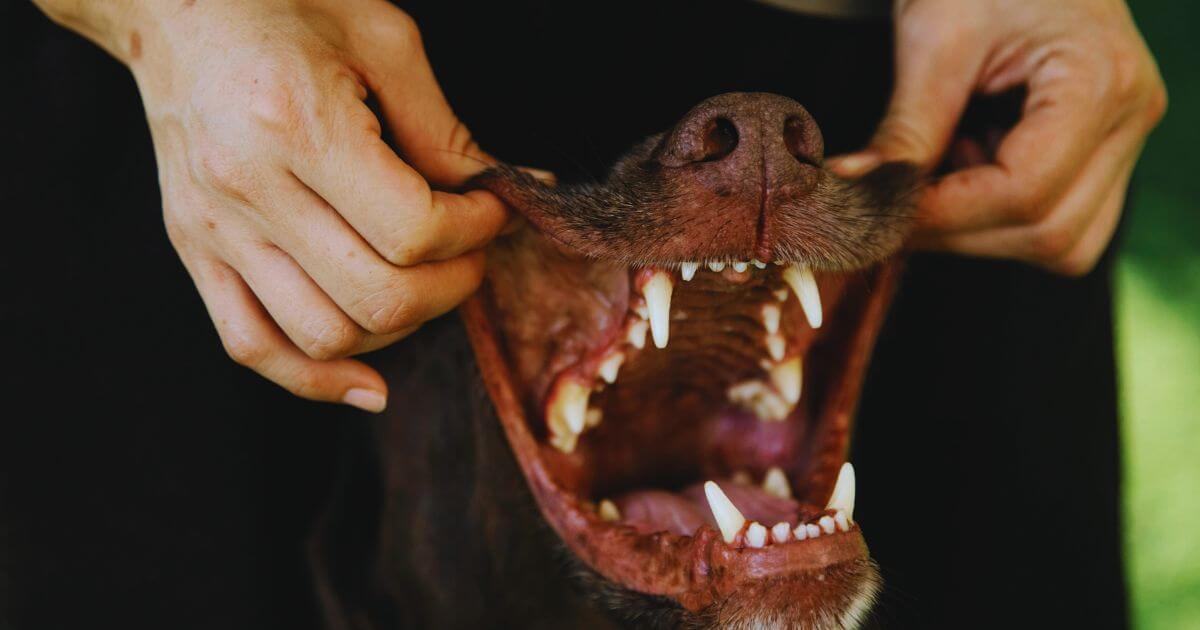
What is Dog Dental Cleaning?
Dog dental cleaning is a professional procedure conducted by veterinarians or dental specialists to thoroughly clean your dog’s teeth, remove plaque and tartar buildup, and polish the teeth to ensure long-term oral health. This procedure is essential for dogs, particularly as they age, to prevent gum disease, tooth loss, and other serious health issues.
Learn more about the dental disease dog teeth cleaning before and after and how to manage them.
The Dog Dental Cleaning Process
The dental cleaning process typically begins with an initial consultation, where the veterinarian will evaluate your dog’s overall health, as well as the current state of their teeth and gums. Depending on your dog’s age, health condition, and dental health, the vet may suggest general anesthesia to ensure the dog remains still during the cleaning process.
Don’t miss out on key dog health advice! Check out the Derry Dog Park Health Issue now.
The cleaning involves several key steps:
- Examination: The vet will examine the dog’s teeth, gums, and overall oral health.
- Scaling: Using specialized instruments, the vet will remove tartar and plaque that have built up on the teeth. This is usually done both above and below the gum line.
- Polishing: After the scaling, the teeth are polished to remove any remaining plaque and smooth out the tooth surface, making it more difficult for plaque to accumulate.
- Fluoride Treatment: Some vets may apply fluoride treatment to strengthen the teeth and help prevent cavities.
Expert advice on keeping your Chinook healthy! Full guide on health issues: Click Here
Differences Between Professional Cleanings and At-Home Care
While at-home care, like regular brushing and using dental chews, is essential for maintaining oral health, it cannot replace a professional cleaning. At-home care may help reduce plaque buildup, but it’s difficult to remove hardened tartar (calculus) without professional tools.
Professional cleanings are thorough and can help prevent gum disease, tooth loss, and other serious conditions like heart disease and kidney issues, which have been linked to untreated oral infections.
Dog Dental Cleaning Before and After: What to Expect
Before Dog Dental Cleaning
Proper preparation before a dental cleaning appointment is crucial for both the safety and effectiveness of the procedure.
Learn more about the how long do dog dental cleanings take and how to manage them.
Pre-Cleaning Preparations for Dog Owners:
- Fasting: Most vets will require your dog to fast for 12-14 hours before the procedure. This reduces the risk of complications during anesthesia.
- Health Evaluation: If your dog is older or has existing health issues, the vet will likely conduct a pre-anesthesia evaluation, which may include blood tests or an EKG to ensure your dog can safely undergo the procedure.
- Dental Health Review: Before the appointment, be sure to monitor your dog’s oral health for any signs of disease, such as bad breath, swollen gums, or difficulty eating. If your dog shows any of these symptoms, inform the vet ahead of time, so they can plan accordingly.
What to Expect on the Day of the Appointment
On the day of the cleaning, you’ll drop your dog off at the clinic, where the veterinarian will administer anesthesia. Your dog will then undergo the scaling, polishing, and any additional treatments needed. The procedure usually takes between 45 minutes and 1.5 hours, depending on the severity of the dental issues.
After Dog Dental Cleaning: Post-Cleaning Care
Once the cleaning is complete, your dog will wake up from anesthesia in a recovery area. While most dogs recover quickly, they may be a little groggy for several hours. Post-cleaning care involves the following steps:
Immediate Aftercare
- Monitoring: Watch for signs of discomfort such as excessive drooling, difficulty eating, or pawing at their mouth. These symptoms typically resolve within a few hours.
- Feeding: It’s important to follow the vet’s recommendations on when to feed your dog after the procedure. Usually, soft food is recommended for a few days to avoid irritating the gums.
- Hydration: Ensure your dog has access to fresh water and encourage them to drink.
Long-Term Aftercare
- Oral Hygiene Maintenance: Once the cleaning has been completed, regular brushing at home becomes even more critical to prevent plaque buildup. Brushing your dog’s teeth regularly (ideally once a day) with a dog-safe toothpaste can help maintain the results of the cleaning.
- Follow-up Checkups: Depending on the severity of your dog’s dental condition, the vet may recommend follow-up checkups to monitor your dog’s oral health. Regular visits to the vet will help catch any emerging dental issues before they become major problems.
Common Before-and-After Results of Dog Dental Cleaning

Visual Improvements
One of the most noticeable changes after a professional dental cleaning is the appearance of your dog’s teeth and gums. Here’s what you can expect to see:
- Cleaner Teeth: The removal of plaque and tartar will result in visibly cleaner teeth. Teeth that were previously yellow or brown may look much whiter after cleaning.
- Healthier Gums: Swollen, inflamed gums will often look much healthier and less red after cleaning. If your dog had gum disease before the cleaning, this improvement is usually noticeable within a few days.
Learn more about the Senior Dog Care and how to manage them.
Before and After Comparison
Before:
- Yellowed teeth, visible tartar buildup, and inflamed gums.
- Foul breath and difficulty eating.
After:
- Cleaner, whiter teeth with no visible tartar.
- Healthier gums that are pink and firm.
- Fresher breath and an easier time eating.
Health Benefits
The immediate health benefits of dog dental cleaning include:
- Improved Breath: Removing tartar and plaque will often eliminate the bad breath caused by bacterial buildup.
- Reduced Plaque and Tartar: Professional cleaning helps prevent further buildup, which can lead to tooth decay and gum disease.
- Prevention of Gum Disease: Dental cleanings help stop gingivitis and periodontitis before they progress to tooth loss.
Long-term benefits include a reduced risk of systemic issues like heart disease, kidney problems, and liver disease, which are all linked to untreated oral infections.
The Risks of Neglecting Dog Dental Care
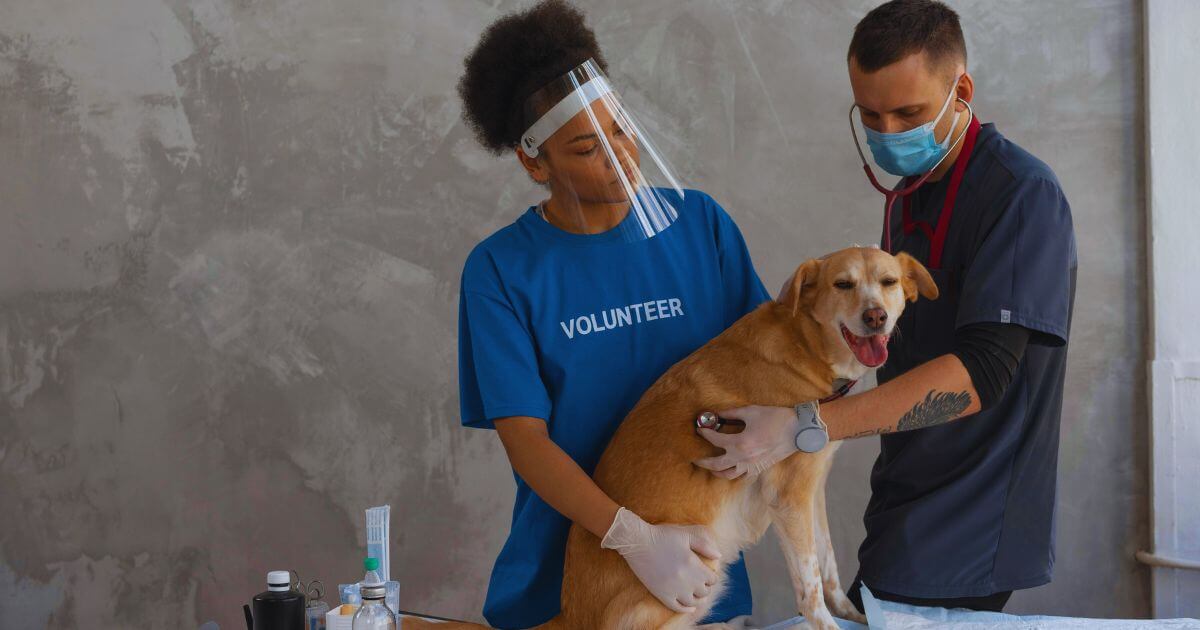
Consequences of Untreated Dental Disease
Ignoring your dog’s oral health can lead to severe consequences. Here are some of the risks associated with untreated dental disease:
- Heart Disease: Bacteria from the mouth can enter the bloodstream and affect the heart, leading to conditions like endocarditis.
- Kidney Disease: Oral bacteria can also affect the kidneys, leading to infections or kidney failure.
- Liver Problems: Chronic dental infections can affect liver function.
- Tooth Loss: Severe gum disease can result in tooth loss, causing pain and difficulty eating.
Common Dental Diseases in Dogs
- Gingivitis: Early-stage gum disease that causes redness and inflammation.
- Periodontitis: More advanced gum disease that can result in tooth loss if untreated.
- Tartar Buildup: Hardened plaque that cannot be removed by brushing alone and requires professional scaling.
Common signs of dental disease include bad breath, inflamed or bleeding gums, difficulty chewing, and changes in appetite.
How Often Should You Clean Your Dog’s Teeth?
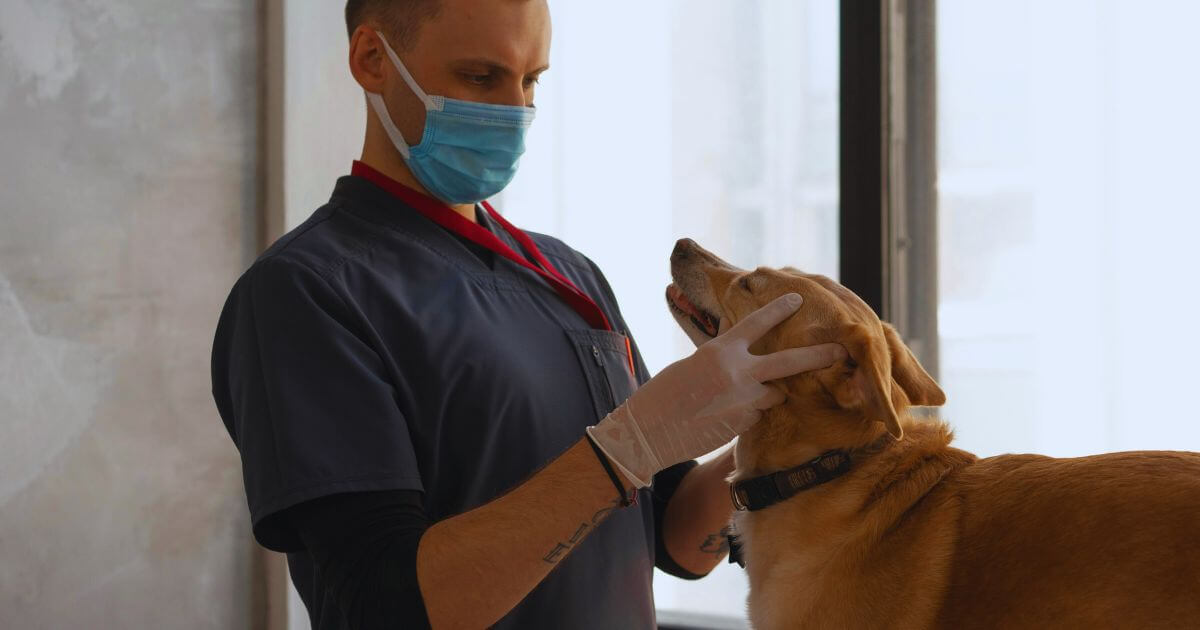
Frequency of Professional Cleanings
Most dogs should undergo professional dental cleaning once a year. However, some dogs—especially those with specific breeds prone to dental issues, or older dogs—may require more frequent cleanings. Consulting with your vet will help determine the appropriate frequency based on your dog’s individual needs.
At-Home Maintenance
Routine at-home maintenance can significantly reduce the chances of severe dental disease. Some tips include:
- Daily Brushing: Brush your dog’s teeth every day using a dog-safe toothbrush and toothpaste.
- Dental Chews and Toys: Providing dental chews or toys can help keep plaque at bay.
- Regular Oral Checkups: Perform routine oral checks at home, looking for signs of dental disease like bad breath or swollen gums.
Case Study: Successful Dog Dental Cleaning Stories
Meet Rocky, a 5-year-old Boxer who had been struggling with bad breath and difficulty eating. Rocky’s owner, Kelly, noticed his gums were inflamed and his teeth appeared yellowed and covered in plaque. After scheduling a dental cleaning, Rocky underwent the procedure, which revealed that he had early-stage gum disease.
Post-cleaning, Rocky’s teeth were much cleaner, and his gums appeared pink and healthy. His breath improved significantly, and within a few days, he was back to eating his food comfortably. This successful transformation highlights the power of professional dental cleanings in improving a dog’s oral health and overall well-being.
You can learn more about Common Health Issues and Top Dog Health And Wellness in our detailed guide here.
FAQs About Dog Dental Cleanings
Is Dog Dental Cleaning Safe?
Yes, professional dental cleaning for dogs is safe when performed by a qualified veterinarian. The procedure is done under general anesthesia, which is administered with care to ensure the safety of your pet. Vets carefully evaluate your dog’s health before the procedure to minimize any risks.
Does My Dog Need Dental Cleaning If I Brush Their Teeth Regularly?
While regular brushing at home can reduce plaque buildup, it’s unlikely to fully prevent tartar formation, which can only be removed through a professional cleaning. Professional cleanings are crucial to maintain long-term oral health.
Conclusion
Maintaining your dog’s dental health is critical to their overall well-being. Dog dental cleaning before and after is an essential part of ensuring your dog stays healthy and happy for years to come. By following the proper care guidelines before and after the cleaning and maintaining a regular at-home dental routine, you can help prevent serious health issues related to dental diseases.
Regular checkups with your veterinarian will ensure that your dog’s teeth and gums stay in top shape, and professional cleanings will help keep plaque and tartar at bay. Investing in your dog’s oral health today will pay off in the form of a longer, healthier life for your furry companion.
Learn more about the common health issues in Boxer dogs and how to manage them.
Popular Article
Dental Health in Dogs Guidelines
Dental disease dog teeth cleaning before and after
How long do dog dental cleanings take
What to Feed Dog After Dental Cleaning
Can dog annual vaccinations be done during dental cleaning
How often do dogs need dental cleaning
Can dogs get dental implants
clindamycin dosage for dog’s dental
cobber dog health issues


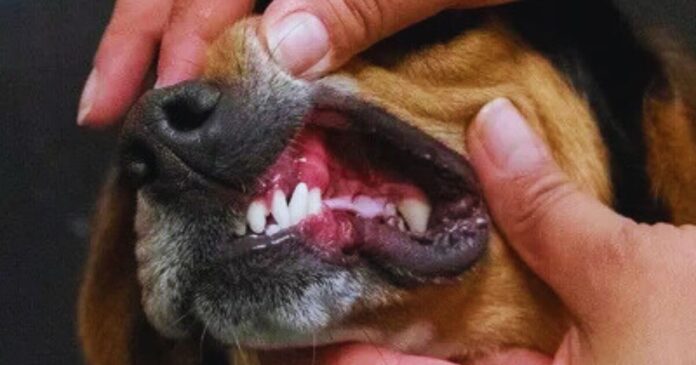
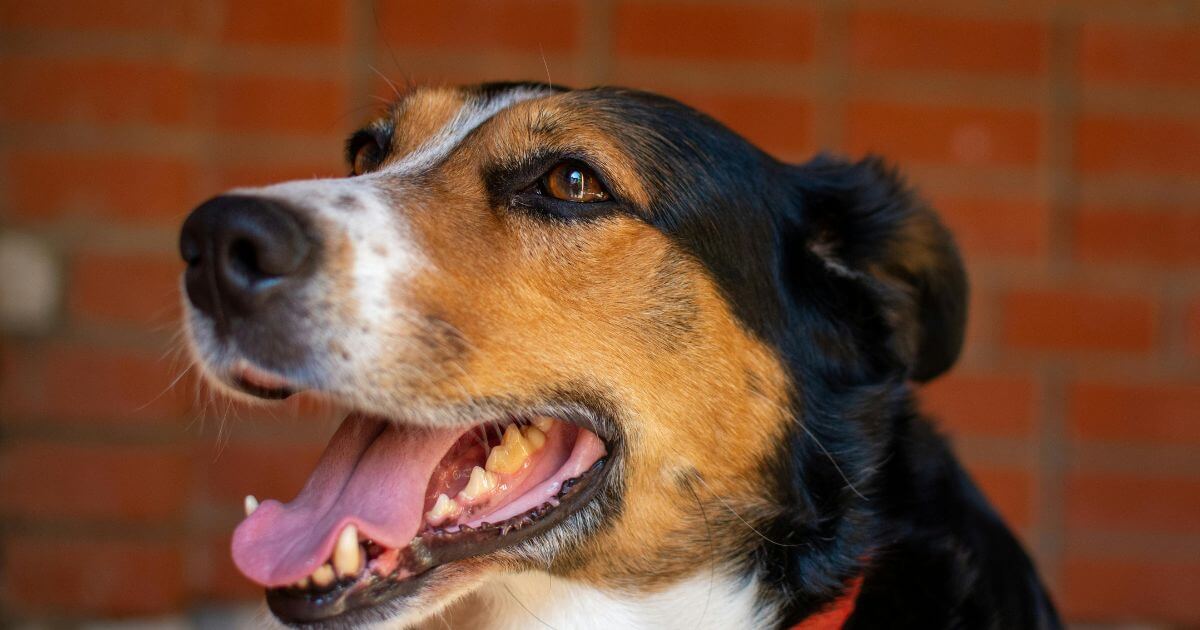



[…] more about the dog dental cleaning before and after and how to manage […]